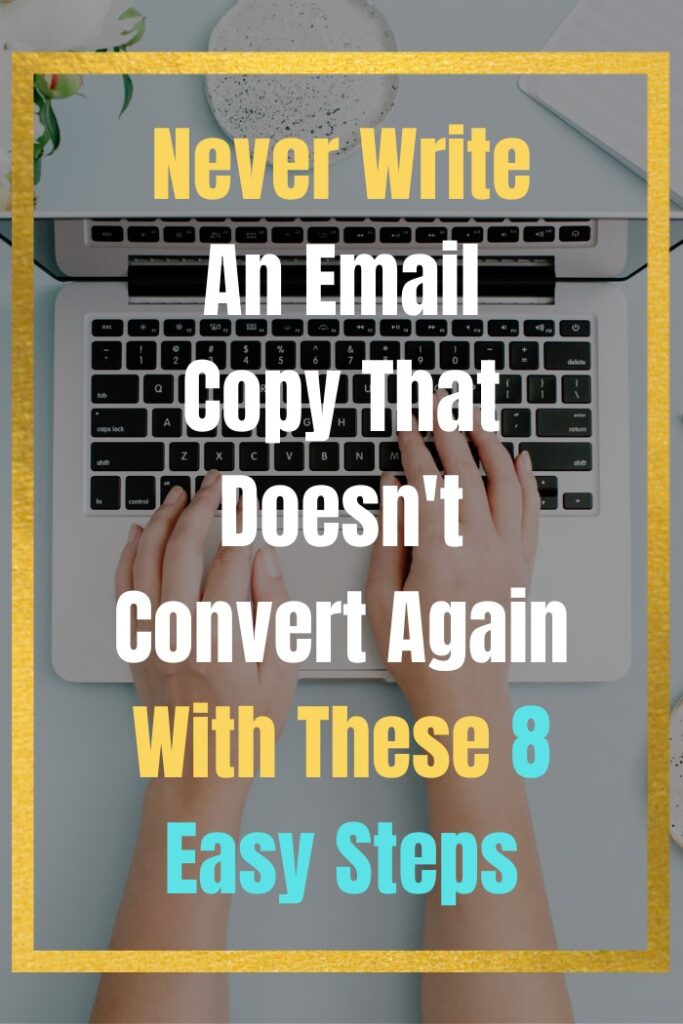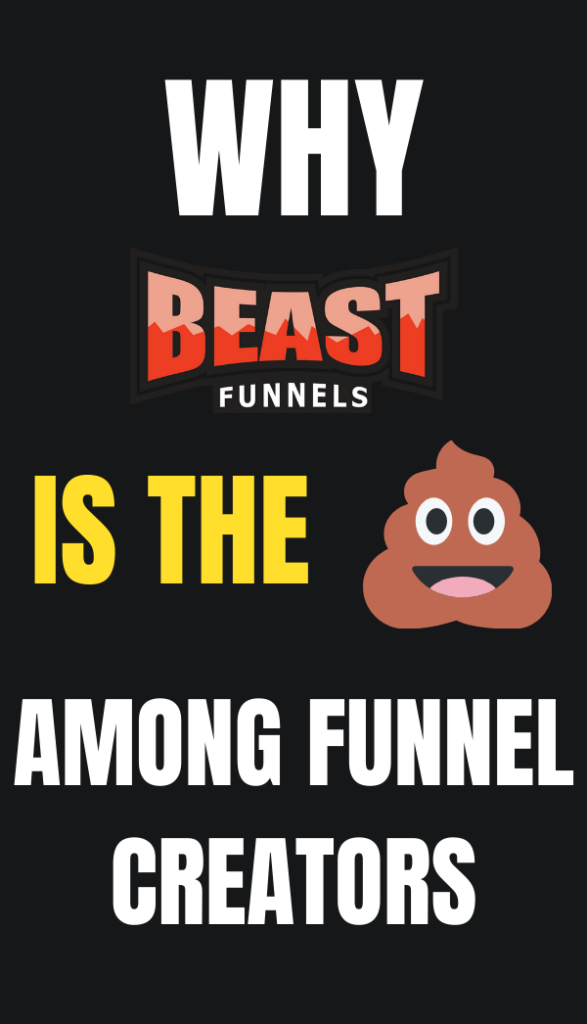How do you write a really effective article, capable of winning over your readers? Here are all the steps, from finding the sources to drafting the text, up to the final revision.
In the jungle of information that the web has become in recent years, writing an effective article can really make the difference between gaining new leads and being totally ignored.
But how to write an article that knows how to win over your readers?
In this article, we are going to see all the steps to write a truly effective article, from what you need to do before you start writing to the drafting of the text, through SEO optimization, and finally to rereading, editing, and publishing your post.
Are you ready? So enough with the premises! Let’s start our journey right away and find out how to write an effective article for your blog.
Before starting to write
You managed to create a blog from scratch and now a crucial moment has come: to fill it with content!
But before even going to write an article, it is important to do some preliminary research, from the choice of the topic to be treated to the analysis of our target.
This first phase is in fact very important if we want to propose articles that are always in line with the expectations of our readers.
These guidelines that you will read below are valid not only if you have your own blog but also if you decide to write for other websites. In fact, the quality of your posts will allow you to monetize your blog, also acquire new customers and start earning by writing articles.
When we write an article, there are two things to which we must pay particular attention: the wishes of our readers and the search engines.
While writing high-quality articles will allow you to earn the attention and trust of your audience, in fact, on the other hand, it is essential that these contents can be found on Google.
It is therefore important to learn to write in what is called SEO oriented, ie content that Google can find and index in its SERP.
So let’s see what are the steps to be faced even before starting to write down the actual text.

Which topic to choose?
One of the main problems that can arise when we start writing an article is: well, which article can I talk about today?
Finding new ideas for blog posts is not too difficult and there are also many tools that allow us to both find and optimize this content.
There are several ways to understand which are the best topics to cover, such as asking your audience directly, searching the forums you find on the web, or doing effective keyword research.
There are some SEO tools, such as Semrush or SEOZoom, which allow you to always find what topics are being searched for on a certain topic.
Once you have found the right topic, it’s time to gather some information about it.
Research and verification of sources
When you have decided what to talk about, it is assumed that you already know the subject. Even in this case, however, it is useful to see how this topic has already been addressed by your competitors so that you can present an article even better and more complete than theirs.
Then search on Google for the keyword you have chosen, open the first 8-10 search results, and read the contents, trying to understand which cut was given to the article and why that content was positioned in the top 10 results.
Now make a preliminary outline of your article:
- How will the text be structured?
- What topics can be explored more than your competitors did?
- Which ones instead presented incorrect or outdated information?
- How can you improve them?
The analysis of the target and the choice of the communication style
Now that you have a rough idea of what you will write, before drafting the final text you need to do one more thing: analyze your target. When you write a blog, in fact, it is unthinkable to be able to achieve success if you write only for yourself.
It is therefore essential to always know who you are writing for.
Having your target audience in mind will also help you find the best communication style to use.
Knowing those to whom you are addressing is of vital importance to know exactly both how to tell something and which communicative style to use.
Think carefully.
If you don’t even know who will read your blog, how can you expect to be able to present the right topics that can really interest you, choose the most appropriate language, or even effectively present your products and services?
Each of us likes to read something personalized, something written exactly for us, something that solves our specific problem. And if you fail to address your reader exactly, you will never be able to grab his attention.
Remember: communication for all is communication for no one.
For this reason, to write an effective article it is of fundamental importance to create an identikit of your ideal reader, what in jargon is called buyer persona:
- How old is the prospect?
- Is your audience male or female?
- Where does he/she live?
- What are his wishes?
- Which are his/her fears?
- What are his/her problems?
- Are they looking for something specific online to try to solve their problems?
Answer these questions in writing, create a more or less detailed identikit of your typical reader and give him a name. Whenever you write an article, remember that you will have to address exactly this avatar that you have created, this person-type.
Identify your customers’ needs and offer them solutions. This is the secret of successful content.
Second, but not least, you must always have in mind what the purpose of your article is:
- Selling an info product?
- Selling a service?
- Get to know you?
- Increase subscribers to your newsletter?
Whatever your purpose, your article should be the vehicle to your goal. And if you know your audience deeply, it won’t be too difficult to reach them.

Writing an effective article: the structure of the text
Imagine the scene.
You have decided to go and eat at a restaurant, the best in town. Maybe you have heard good things about it and decide to try it, or maybe you were passing by by chance and thought about stopping to eat.
You sit at the table and order. After a few minutes, the food arrives … the dessert, then the coffee, and finally the chicken with the salad. How do you think you would feel? Definitely lost and confused, right?
Reading an article is a bit like eating in a restaurant. In order not to confuse your readers it is therefore important that your texts are ordered and coherent.
Remember that it is important to always keep an eye on Google and an eye on our readers. Structuring the text clearly will help us in this dual purpose.
A good structure of the text, in fact, will help both our readers to orient themselves better in reading, and Google to understand what we are actually talking about.
The most effective structure for presenting an argument is that of the inverted pyramid, a technique that takes its cue from the world of journalism.
But what are the elements that should never be missing in your article? Here they are:
- The title of the post (H1)
- Subtitles (H2)
- The internal sections (H3, H4 and possibly H5, H6)
- The call to action (CTA)
- Internal and external links
- Visual content (images, infographics, videos…).
How to write a catchy title?
For example, you can present a solution, ask a question, amaze, shock … The important thing is to be able to intrigue the potential reader, to breach their desires, their fears, their sense of community.
Make sure that the title is clear, that is, it immediately explains what you will be talking about in the text, and that it is not click-baiting so that the user does not lose confidence in you.
If you need help with creating content, catchy headlines, or traffic in general, here you can download our TRAFFIC GENERATION BUNDLE for Free!
Internal links and external links
Like all other elements, links are also important for both users and SEO.
In the eyes of Google, links are important to let them understand how the various topics are related to each other. For users, on the other hand, they are inputs to further explore a given topic.
Of course, you won’t have to randomly insert links throughout your article. In fact, the links must contribute to offering value and you will have to insert them therefore only if they are really useful.
Remember: inserting too many links within an article could make you penalized by Google.

Visual content
When I talk about visual content, I don’t just mean images: I also mean videos, infographics, tables, charts, and anything else that can help the reader understand a concept better.
A bit like I did above when I talked about an inverted pyramid. With that simple image I created for you, I probably not only helped you understand the concept better but also memorize it better.
Well, at this point our content is finished. If you’ve followed these tips, you’ve probably written a clear, simple, and comprehensive article that made your readers happy.
But who else do we have to make happy? That’s right, Google still has to think about it!
Because there is no point in creating content that no one will find, right? It is therefore time to SEO optimize our article.
SEO optimization
It took me many hours to write this text. My aim is to explain to anyone who has a blog or who wants to become a web writer how to write an effective article for the web.
Can you imagine how frustrating it would be to have spent so many hours on an article that no one will ever read? And not because there is no quality, but because no one can find it.
I’ll tell you a secret.
When you write an article, you don’t have to position yourself “in the first pages”: you have to position yourself in the first results.
In fact, it is rare that those who do a Google search go to read the second page, since generally already on the first page, the user can find the answers he is looking for.
The content
The first step in optimizing an article for SEO is to start with the content.
There are many tools that can help you in this purpose, the most famous is definitely Yoast SEO, a free WordPress plugin of which there is also a paid PRO version.
Some parameters that are used, for example, are:
- Number of words used
- Presence of the keyword in the title, in at least one H2, in the text, in the URL and in the meta description
- The presence of an image with the focus keyword
- Presence of links in the text
- The keyword density and so on.
By managing to score high, it is easier for your content to have a chance to rank high.
But be careful: we always talk about possibilities. SEO is not – and never will be – a mathematical science (and if you are an SEO, you can be as angry as you want about this statement of mine but you know better than me that I am right!)

The metadata
Finally, it is time to optimize the metadata. We already mentioned this a few lines ago. First, what is metadata?
Simply put, metadata is additional information that we apply to our article, such as the description or title that must appear on search engines.
Re-reading and post-editing
Ok, we wrote our article and optimized it. What remains to be done? Obviously a nice re-reading and any corrections.
So here are some tips to be able to find all the errors in the text and correct them.
- Never publish an article before reading it again. Even if you seem to have written a perfect text, rereading it will help you find even small typos, incorrectly conjugated verbs or grammatical oversights.
- Don’t reread your text right away but do it with a cool head. I usually reread my texts the next day, when the mind is more detached. Better still if you reread it aloud: it will be easier to notice if a sentence does not come back or if “it doesn’t sound good”
- Let another person read the text too
- Install a grammar proofing tool that underlines misspelled words but leaves the automatic checker off, which often makes more mistakes than it should correct.
Your article is now ready! You just have to publish it and start promoting it.
Last tips
We talked a lot about structure and optimization. Lastly, therefore, I would like to leave you some suggestions regarding the most important part of your entire article: the body of the text.
We are talking about pure user experience, about how to organize words and communication to make the reader feel at ease, understood, and pampered.
So here are my last tips.
Content is King? Yes but…
We have already talked about how important it is to be able to capture the attention of potential readers. Even more difficult is being able to maintain that constant attention.
So let’s talk about engagement, that is involvement, to indicate how much a person is interested in a certain brand, perhaps because they leave a like, a comment, or a share.
If until a few years ago the bargaining chip was like, today there is no doubt that the main value for checking the performance of our website and our content is precisely the engagement.
So continue to produce content of the best possible quality but always stimulate a dialogue with your followers, invite them to compare, to express their opinion through comments.
Only in this way will you be able to empathize with them and build a deep and lasting relationship with them, which goes beyond the simple like.

Welcome the reader in the introduction
Once your persuasive title takes effect, the reader will find himself catapulted into your article. What will there be to welcome him?
The best way to welcome your new reader is to give him an indication of why he is there and what he will find if he continues reading.
It is, therefore, a good idea to write a small introduction explaining not only the topics we will cover but also the benefits it will get from reading.
What will he learn? Will he be able to immediately put into practice what he has read? Guide him and present your content to him.
Make reading less difficult
Reading on-screen is more difficult than reading on paper, especially on devices with relatively small screens, such as that of a smartphone.
It is therefore important to try to make reading easier, without straining your reader’s eyes too much.
To do this, there are some tricks that you can follow and that will help the user to unravel the text, such as:
- Break the text into paragraphs that aren’t too long
- Do not write blocks of text but leave a bit of “air”, of white space
- Do not justify the text, which would create irregular spaces between words, but prefer a flag orientation
- Use bulleted and numbered lists
- Choose a legible and sans serif font, such as Arial (graces are those dashes at the ends of the letters in fonts such as Times New Roman)
- Avoid underlining, which could lead your reader to think the underlined word is a link, and instead use bold and italics to highlight key concepts and keywords.
Write in a simple fashion
We have already seen the importance of using a language suitable for the audience you are targeting.
If your target is looking for explanations or clarifications regarding a certain topic, it means that they don’t know that topic yet. Using a refined and refined language, therefore, will not help him, on the contrary: it will probably confuse him even more.
The most effective way to break into the hearts of your readers is therefore to explain things in very simple language.
Do not copy
Using other websites for creative sources and insights is good practice. On the other hand, copying is bad. And it doesn’t just apply to the texts but also to the images.
The reasons why you shouldn’t do it:
- Copying is a crime and you risk legal action
- Copying is not ethical – do you want to position yourself as a professional or as a crook?
- Google sees you (and reacts). Penalizing you, of course.
Creating completely original content is almost impossible nowadays since you can find practically everything on the web.
However, you can research how your competitors have treated a certain topic and write something even more complete or qualitatively better.
Final thoughts
We’ve come to the end of this long guide on how to write an effective article for the web, whether it’s your blog, or an article written on commission for a client.
Now all you have to do is put all these new concepts into practice and create the best article you’ve ever written.
Don’t be in a hurry, take your time. Writing is not a mechanical work but a creative one. Follow your instincts, your imagination, your inspiration. Listen to your readers and keep a watchful eye on Google.
You will see, in this way you will always be able to create magnetic content!
To your success!
S





